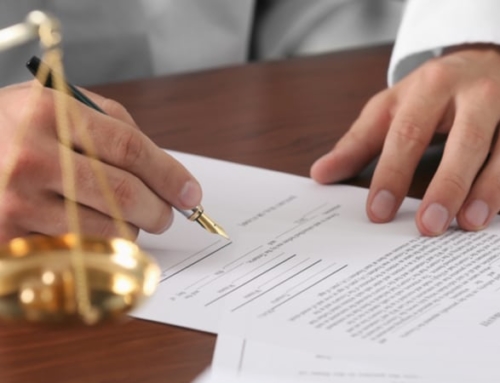Q: I assumed a non-qualifying FHA loan in 2002. After 6 months I was allowed to streamline refinance the loan which I did.
However I never received a warranty deed after the refinance was done.
In April, 2004 the mortgage company gave me a quitclaim deed that was signed by the seller because there was no deed transferred in my name after I assumed the loan. It looks to me as though the seller sold me the house in 2004 with an assumable loan.
I have been trying to get a settlement with a national company regarding the siding of the home. They will not accept the quitclaim deed as my legal ownership. They require a warranty deed. What can I do?
A: It doesn’t seem that the loan or the refinancing of your loan has anything to do with your issue. The real issue you face is whether the original deed that conveyed title to you when you purchased the property was lost and the escrow agent or someone else found the seller and had the seller sign a new deed to you.
A warranty deed and a quitclaim deed can both transfer title to a buyer. Usually a seller will transfer title to a buyer by means of a warranty deed. A warranty deed not only transfers title to a buyer but gives a representation by the seller to the buyer that the seller will defend the buyer against certain title defects that may affect the property.
A quitclaim deed transfers any interest that a person may have in a property to another person. The issue your siding company has with the quitclaim deed is that any person can sign and deliver a quitclaim deed, particularly if they don’t have any interest in a piece of property.
But you should have one thing anybody else would not have — you should have received title insurance when you purchased your home. If you did, the title insurance policy will indicate that you are the owner of the property.
The quitclaim deed and a copy of the title insurance policy together should be sufficient to prove your ownership of the home.






Leave A Comment